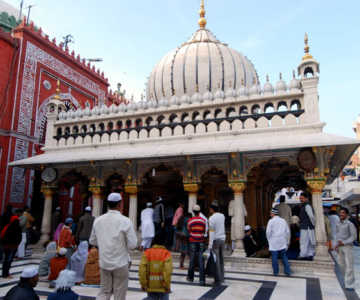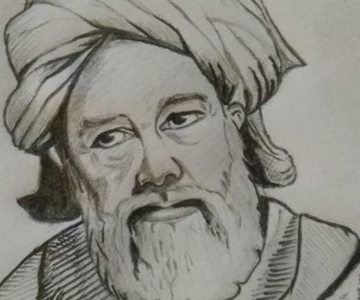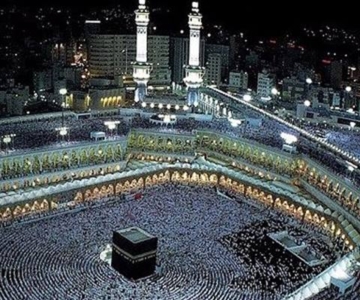Sufi thought is centred around the two fundamental doctrines of the Transcendent Unity of Being or wahdut al-wujud and the universal or perfect man, al-insan al-kamil. The concept of fana or annihilation of ego is at the very heart of Sufi theosophy.
Among all species, a human being has the potential of evolving to the highest level of consciousness and becoming a siddha or saint, one who has attained spiritual perfection through sadhana. According to S H Nasr: “To become a saint in Islam is to realise all the possibilities of the human state, to become the universal man. The mystic quest is none other than the realisation of this state, which is also union with God, for the universal man is the mirror in which are reflected all the divine names and qualities.”
How to attain the exalted state of ahsan taqwim, of becoming the total of all the divine names and qualities and to rise to the stature of al-insan al-kamil? Sufi mystic Abu Yazid Bistami explained that a seeker could attain to lofty spiritual heights in meditation through fana.
As soon as an individual emerges from the state of deep sleep, ego arises spontaneously and along with it the gross, physical universe becomes manifest with its concomitant joys and sorrows. ‘I am the body’ thought is experienced in the dream state as well but in the dream state the ‘i’ (ego) identifies itself with the astral body and the universe is perceived at an astral level.
The ‘i’ gets considerably thinned out in deep sleep though not completely annihilated. Though an individual loses awareness of the external universe in deep sleep and is free from all worldly problems, it is a state of total ignorance, devoid of any spiritual enlightenment. It is only in the supra-causal state of consciousness that the Self or pure, undifferentiated Consciousness is realised. The ‘i am the body’ thought then gives way to `I am That’ (ana’l huqq) thought. It is akin to a drop of water falling into a river and losing its separate entity.
Realisation then dawns upon the seeker that absolute Consciousness assumes limitations in the form of time and space, becomes differentiated, and projects the seeker as the wondrous universe by becoming the ego with myriad names and forms. She is in fact both the seer and the seen; the knower and the known; and the hearer and the heard. Thus with the annihilation of the ego (fana) through deep meditation, vast expanses of the inner spiritual realm are opened before the seeker.
Sufism thus represents the esoteric dimension of Islam where spiritual evolution is sought through inner transformation of heart as opposed to the dogmatic theology and formalism of religion. It spreads the message of divine love and selfless service.
Among the galaxy of sufi mystics who had risen to the stature of al-insan al-kamil, the names of Shaikhs Muin-ud-Din Chishti, Nizam-ud-Din Auliya and Farid-ud-Din (Baba Farid) stand out prominently. Their dargahs or tombs have become objects of veneration and places of pilgrimage for the devout owing allegiance to different religious belief systems. Indeed, these holy places stand as epitomes of communal harmony and universal love and brotherhood. They symbolise the pluralistic nature of the Indian society.
The writer is editor, Indian Historical Review.



